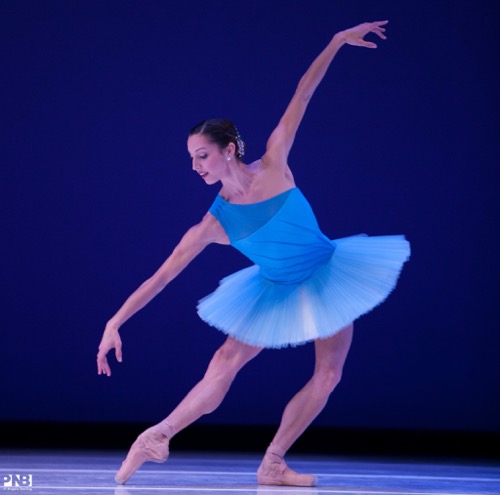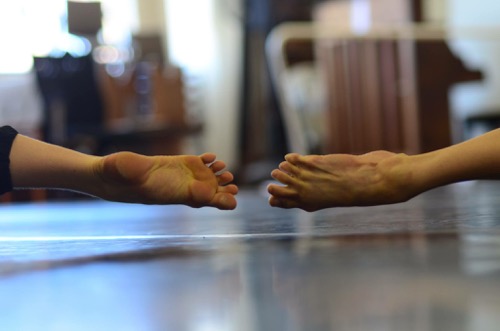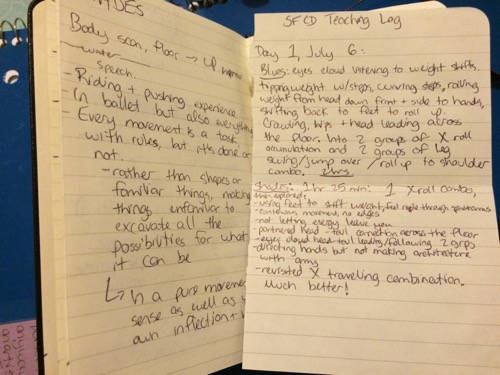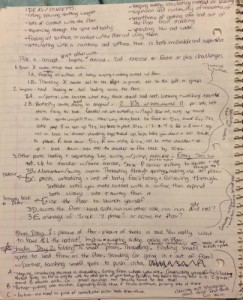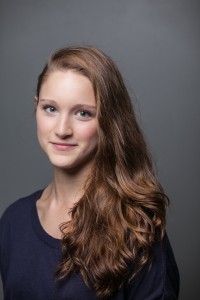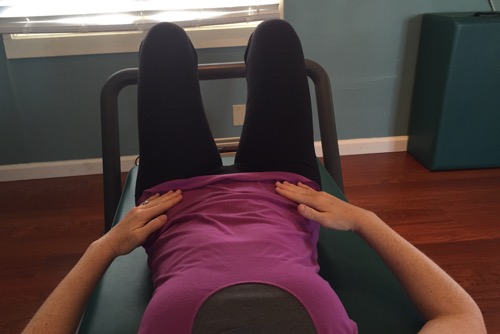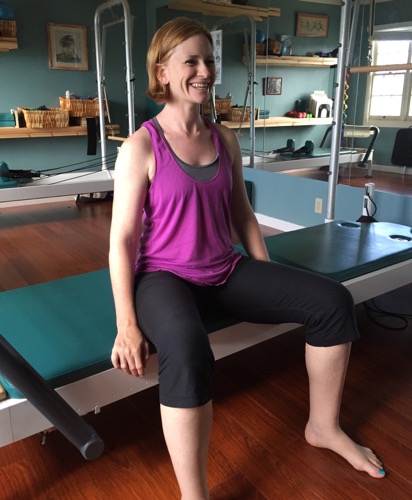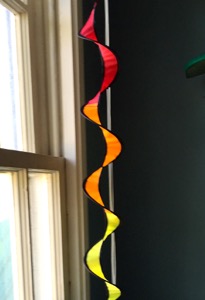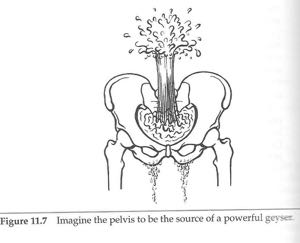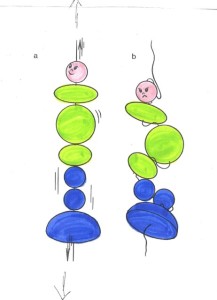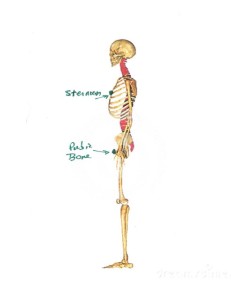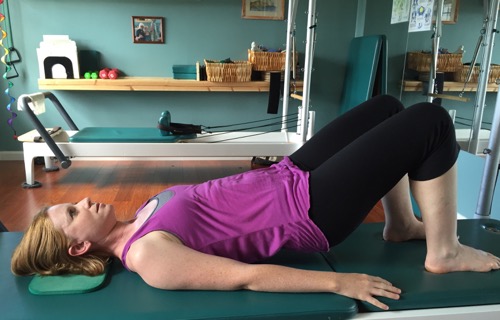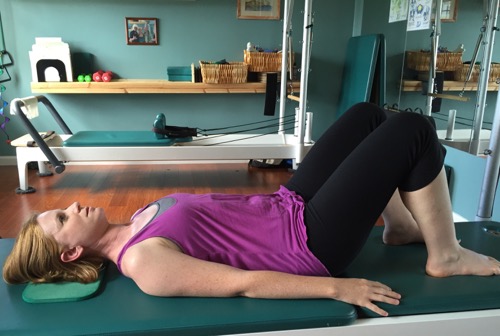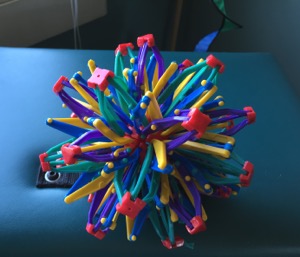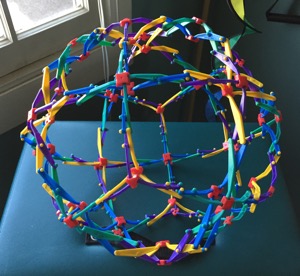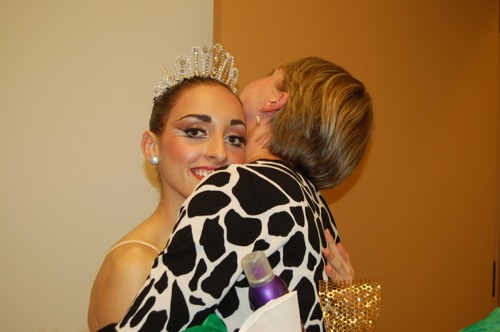
by Cara Marie Gary
In prepping for the theater today, I was reminded of a beloved teacher and started thinking of the insight she’s given me over the years. My earliest memory of her advice was when I was fourteen years old, competing in the VI Serge Lifar International Ballet Competition. It was the first time I had left the United States and traveled without my parents. I was immersed into a new culture and language while being severely jet-lagged from a lengthy flight to Kiev, Ukraine. But most importantly, this was the first time I learned an important lesson from someone I cherish dearly in the dance world. [Read more…]





